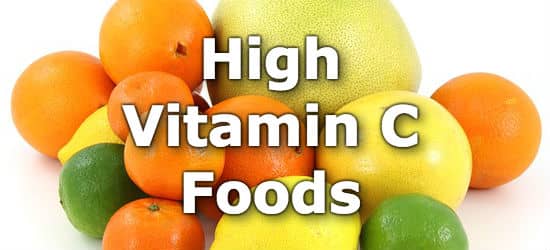This week, in the ABC of Nutrition, the head of Nutrition and Health at Nestlé, Laura González, talks about spring fruits. some such as strawberries, medlars or apricots, characteristic of this time of year, are rich in antioxidants and beta-carotene, a precursor of vitamin A
As the nutritionist recalls, fruits and vegetables are the basis of a balanced and healthy diet. In addition, whenever possible, we must choose them in season, since it is when they are at their best nutritional and gustatory moment; in this case, those of spring.
“During the month of March the season of kiwi, mandarin and orange ends, all of them fruits rich in vitamin C, but we can compensate with strawberries and strawberries, which appear in March and accompany us throughout the spring,” he says. Gonzalez.
In the months of April and May the season of loquats and apricots begins, fruits rich in beta-carotene; and cherries, which are later, are a source of other substances such as anthocyanins, whose antioxidant power prepares our skin for sun exposure, “although this does not exempt us from protecting ourselves with sun creams”, recalls the expert.
“Also, at the end of spring, during the month of June, the harvest of peaches, melons and watermelons begins, fruits with a high water content, which contribute to our optimal hydration status”, she adds.
The orange color of fruits such as apricot or medlar is due to their high content of beta-carotene, the most important precursor of vitamin A, as explained by the nutritionist. This helps us to maintain the normal functioning of our immune system, but above all it is known to protect the health of the skin and sight.
“Its pulp has a balanced sweet and acid flavor, and the consumption is generally made raw, which is how we best take advantage of its nutritional value. In addition, its high content of pectin, soluble fiber, is key to regulating intestinal transit, helps to lower blood cholesterol levels and, in the kitchen, facilitates the preparation of very interesting gel-like textures for jam or in jelly ”, he exposes.
She says that three apricots provide enough beta-carotene, which is transformed into vitamin A, to cover more than half of the daily dose.
Orejón, the dried apricot
“This fruit is low in energy, a source of fiber and provides potassium, a key mineral for the health of the muscles and the nervous system, as well as to maintain normal blood pressure levels. It can be preserved throughout the year, through the drying process, which is known as orejón ”, points out González.
He also explains that during the drying process the nutrients are concentrated due to the loss of water, which makes the dried apricots a very nutritious food, providing significant amounts of phosphorus, vitamin B6 and niacin per 100 grams, although their consumption amounts Recommended are about 30 g -4 small units or 2 medium-.
“It is ideal to combine with cereals for breakfast and very interesting to consume during long-term sports, for mountaineers or hikers,” she indicates.
Although she remembers that it should not be used as a substitute for fresh apricot, since its caloric content is much higher.
Anthocyanins present in red fruits
Other spring fruits, such as strawberries and cherries, owe their red color to natural pigments called anthocyanins, powerful antioxidants that neutralize free radicals.
“These substances exert a protective effect on health and blood vessels, since the oxidative process causes the deposit of cholesterol in the arteries,” says González.
Although he clarifies that, although all red fruits contain these compounds, each one has its peculiarities.
“Strawberries and strawberries have a very low energy intake and low sugar content (around 5%), mainly fructose and glucose. Its vitamin C content stands out, higher than that of orange, and they are also a good source of fiber “
As for cherries, “they are fleshy fruits with an intense red color and a sweet flavor. Harvesting generally begins in May and lasts until the end of July. They contain a moderate amount of sugars, mainly fructose and sucrose, and provide fiber, key to intestinal motility “, explains the nutritionist.
Alone, in pieces with cinnamon, accompanied by yogurt or cheese, in salads … You can add fruit to your diet as you like.

